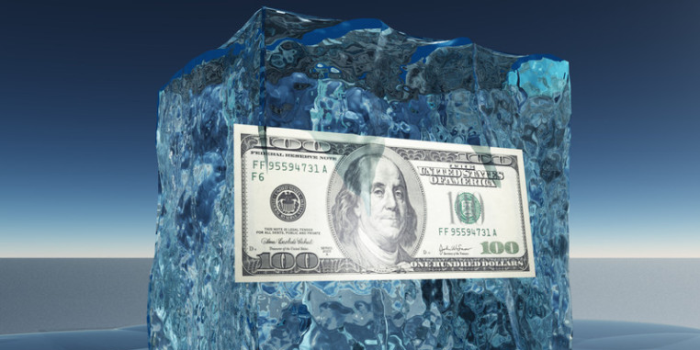The 50 Most Illiquid Stocks

Now that everyone is familiar with the idea of going long the most shorted stocks, a strategy which over the past several years was easily the best alpha generator available and has since become so commoditized there is even a short squeeze ETF, the SQZZ, the easy money has been made. As a result, hedge funds up and down Wall Street, or rather Park Avenue, are scratching their heads how to collude best (just don't tell the SEC) and generate the highest returns while risking the smallest amount of capital.
One of the strategies that has emerged in the post-squeeze normal is cornering the most illiquid stocks, and pushing them up, or down with relative ease due to the lack of liquidity and/or broad participation. Think of it as what the HFTs do each and every second with countless top hunts meant to ignite momentum once stops are hit, and to give HFT algos virtually risk-free returns with virtually no capital at risk.
But how does one go about quantifying what are the most illiquid stocks: is it the ones that trade the least on any given day (a double edge sword, because exiting a position would be that much more problematic after pushing the prices to any desired level), or is it simply those where individual trades have the highest price impact?
One suggested answer is to look at the equities whose current float is a small fraction of their total outstanding stock: these are names which have a big institutional concentration due to their recent corporate history, typically the result of Chapter 11 exits where the bondholders were equitized (Sears, Federal Mogul), or due to a recent IPO in which just a small amount of their total shares outstanding were sold to the public (incidentally, so the underwriters can control the price easier) or otherwise have the bulk of their shares locked up and unable to cushion (and take advantage of) big price swings.
So to find those names which are most illiquid based on this definition, below we present a CapIQ screen of the top 50 Russell 3000 names that have the lowest float as a % of total outstanding shares.
Naturally, the above list is not exhaustive and with a little searing one can surely find far more "illiquid" stocks based on any one particular definition of the word. However, the above list is likely a good place to start when analyzing the names which hedge funds would likely dabble in when trying to recreate HFT-type stop hunts at a major level as the preponderance of other illiquid names are simply too small for hedge funds to take a stake, as such they are at best PA trading vehicles.
As a result one possible trade idea would be to put on a long-term straddle (preferably while VIX is still cheap) on some of the above names, and hope for a volatility shake out, either to the up, or downside.
With the amount of liquidity packets in the broader market, and the sense that something big may be just over the horizon, which is now even starting to dent the broader market's relentless buying spree for the past 3 years, finding a pool of potentially heightened volatility and trading in advance of implied vol becoming realized, is probably not the worst possible trade idea.
Copyright ©2009-2015 ZeroHedge.com/ABC Media, LTD; All Rights Reserved. Zero Hedge is intended for Mature Audiences. Familiarize yourself with our legal and use policies every time you engage ...
more



